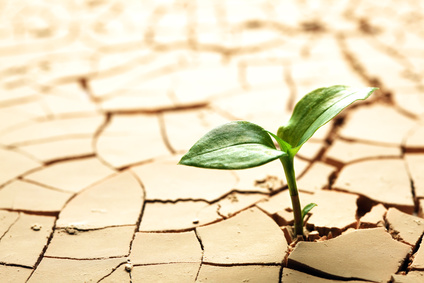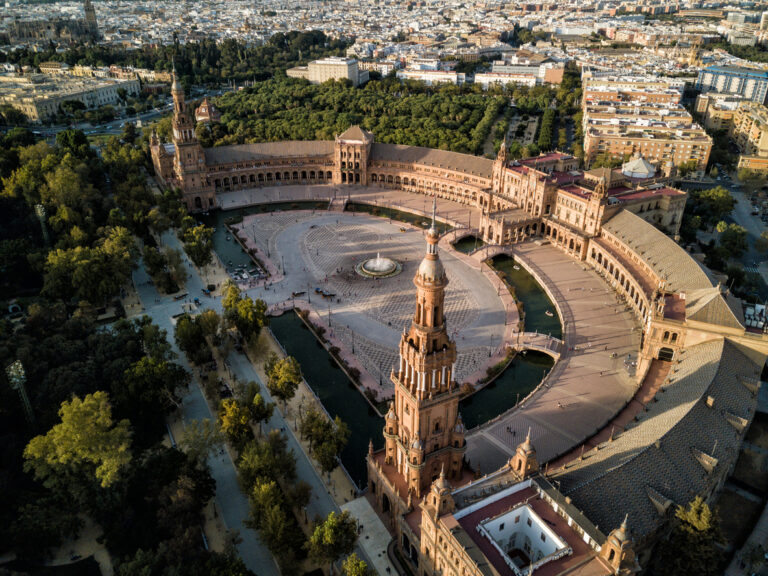The December Communication on the Green New Deal – in the words of the EC President presented as the “man on the moon moment” of the European Union – outlines the steps to shape the European Union climate strategy for the years to come. Yet, it goes well beyond climate, including premises for a new economic paradigm to achieve a “fair and prosperous society, with a modern resource-efficient and competitive economy” based on the principle of carbon-neutrality and the decoupling of economic growth from an unsustainable use of natural resources, in line with the UN Agenda 2030. And inevitably so: in 2018 alone extreme weather events related to climate change caused the EU 283 billion euros in damages, showing that the economic cost of non-action might by far overcome the cost of action. Long story short climate becomes the perimeter within which all other sectors – starting from finance, energy, industry, mobility, buildings – are shaped. The plan also comes in a crucial year for climate action and constitutes premises for the UNFCC-2020. As currently announced, it presents ways to shape the economy within the EU borders and an ambition to “lead by example” outside them, driving and sustaining others to do more.
The bar is high, although obstacles are there too
On the internal level the plan aims at reaching climate neutrality by 2050, while compensating the inevitable losses that will affect most vulnerable citizens and regions in the process through a Just Transition Mechanism (at least 100 billion euros), whose characteristics were unveiled in January.1 Decarbonisation comes with opportunities and the strategy intends to offer member states tools to boost economic growth and create new and cleaner business models, jobs and markets, in particular by means of an ambitious one-trillion climate finance plan on Sustainable Investments. Already in past years the European model has shown that decarbonisation and economic development go hand in hand: while the EU GDP has increased by 61% since 1990, the EU’s CO2 emissions had reduced by 23%. Also on targets, the UvdL Commission wants more: on emission reduction, currently set at 40% by 2030 at the EU level, the executive calls for a 50% or 55% cut to be reached within the decade, the latter option already backed by the former plenary in March 2019.
However, this transition won’t come effortlessly, mainly for the huge amount of investments, of both private and public nature, that are needed. Despite the abovementioned funds have already put on the table impressive money, they already sparked some criticism concerning the limits of the EU budget and the need to set other enabling conditions, as an EU fiscal framework to authorize deficit-financed green investments and a facilitating framework for increasing the contribution of privates – where carbon pricing could play a role 2 .
Ensuring consistency of current and future European legislation and policies with the New Green Deal is also crucial. The European Union announced a “Climate Law” that incorporates the carbon neutrality principle within the European legislative framework and has demonstrated strong disposition to set the bar high on targets. However, as Member States decide over their domestic energy policies and energy mixes, the sum of 28 pieces of the puzzle might create inconsistencies with the common EU goal. This for instance refers to Poland, hugely reliant on coal and unlikely to meet the 2030 target under its current energy scenario. The Commission is now receiving the definitive National Energy and Climate Plans (NECPs) for the period 2021-2030 from all Member States, the sum of which will tell a little more on the alignment of states to common goals.
What’s at stake for 2020
Since the EU only emits 10% of CO2 globally, it is crucial that it applies its climate neutrality ambition in its external action with third countries and that it uses all diplomatic tools to help and influence others to step in the challenge. Multilateral efforts indeed remain a necessary step in the fight against global warming, that won’t be contained unless all do what’s in their power. Africa and China provide in this sense the stronger opportunities of cooperation in the short term. Climate and environmental issues are likely to shape EU-African relations in the years to come, playing a stronger role both within the Comprehensive Strategy with Africa and in the upcoming EU-Africa summit. The European Union should support clean energy technologies to promote sustainable energy generation models and tackle the problem of energy poverty in the continent. Paradoxically, the continent is rich in resources (of both fossil and renewable nature) but faces huge challenges: it has the lowest energy access rate in the world (600 million people across the Continent in 2019 don’t have access to electricity) thus accounting for very little emissions at the global level 4; furthermore, suffers more than other regions from climate change consequences. With Africa’s urban population seeing an increase of half a billion people in two decades, the difficulty in balancing the ‘security-sustainability-access’ trilemma becomes crucial. The EU-China summit, to be held in the second half of the year, also provides opportunities for strengthening the already set EU-China tandem collaboration on climate, even more relevant in times when the US is largely busy in its electoral campaign and leaves a void to fill by new climate leaders as for choices of its current President, Donald Trump. Building consensus over common goals among the international players, especially those that do not have clear positions at the moment, as India, Chin or South Africa, is where EU diplomacy can make a difference in the framework of the upcoming “European”- led conference of the parties – an Italian pre-COP26 will indeed prepare the definitive conference under the UK presidency.
In conclusion, despite its complicated implementation, the New Green Deal represents a very positive and encouraging start for the new Commission. Climate change could become a proxy to strengthen the EU internal level and to strengthen its role on the global stage. But let’s see what 2020 has on hold.
1 The Mechanism as currently proposed is expected to mobilize 100 billion euros. The financial support should come from a Just Transition Fund (€7.5 billion), generating at least €30-50 billion of investments; an InvestEU “Just Transition” scheme, mobilising €45 billion of investment and a new public sector loan facility with the EIB backed by the EU budget, mobilizing €25-30 billion of investments.
2 For a useful reading on the Investment fund and the Just transition mechanism in their initial versions, refer to: G. Cleys, S.Tagliapietra, A trillion reasons to scrutinize the Green Deal Investment Plan, 15 January 2020, available here: https://bruegel.org/2020/01/a-trillion-reasons-to-scrutinise-the-green-deal-investment-plan/
3 L. Colantoni, G. Montesano, N. Sartori, Empowering Africa. Access to power in the African continent, Peter Lang, 2019 https://www.iai.it/it/pubblicazioni/empowering-africa
4 In 2010, the continent accounted for 3.3% of global energy-related – CO₂ emissions; by 2018 this share had increased to 3.7% or around 1.2 gigatonnes (Gt) CO₂. Source: International energy outlook, Africa Energy Outlook 2019, p. 20.
Author: Margherita Bianchi (Research Fellow, Istituto Affari Internazionali – IAI) & Alessandra Menga (Master student at LUISS and MGIMO Universities).
Image courtesy of Olearys via Flickr.
The views are those of the author and not necessarily those of ETTG.




